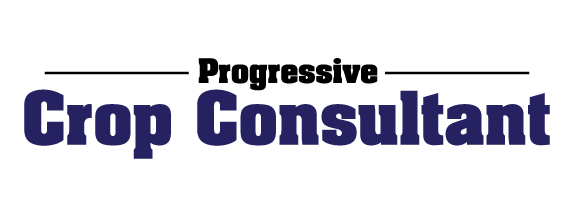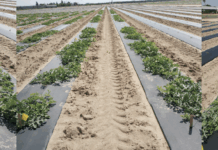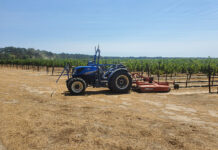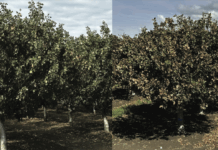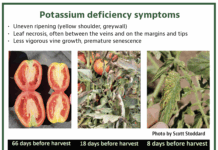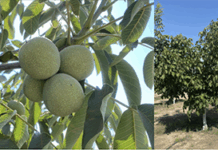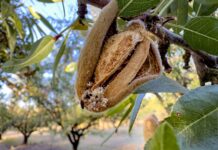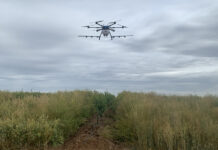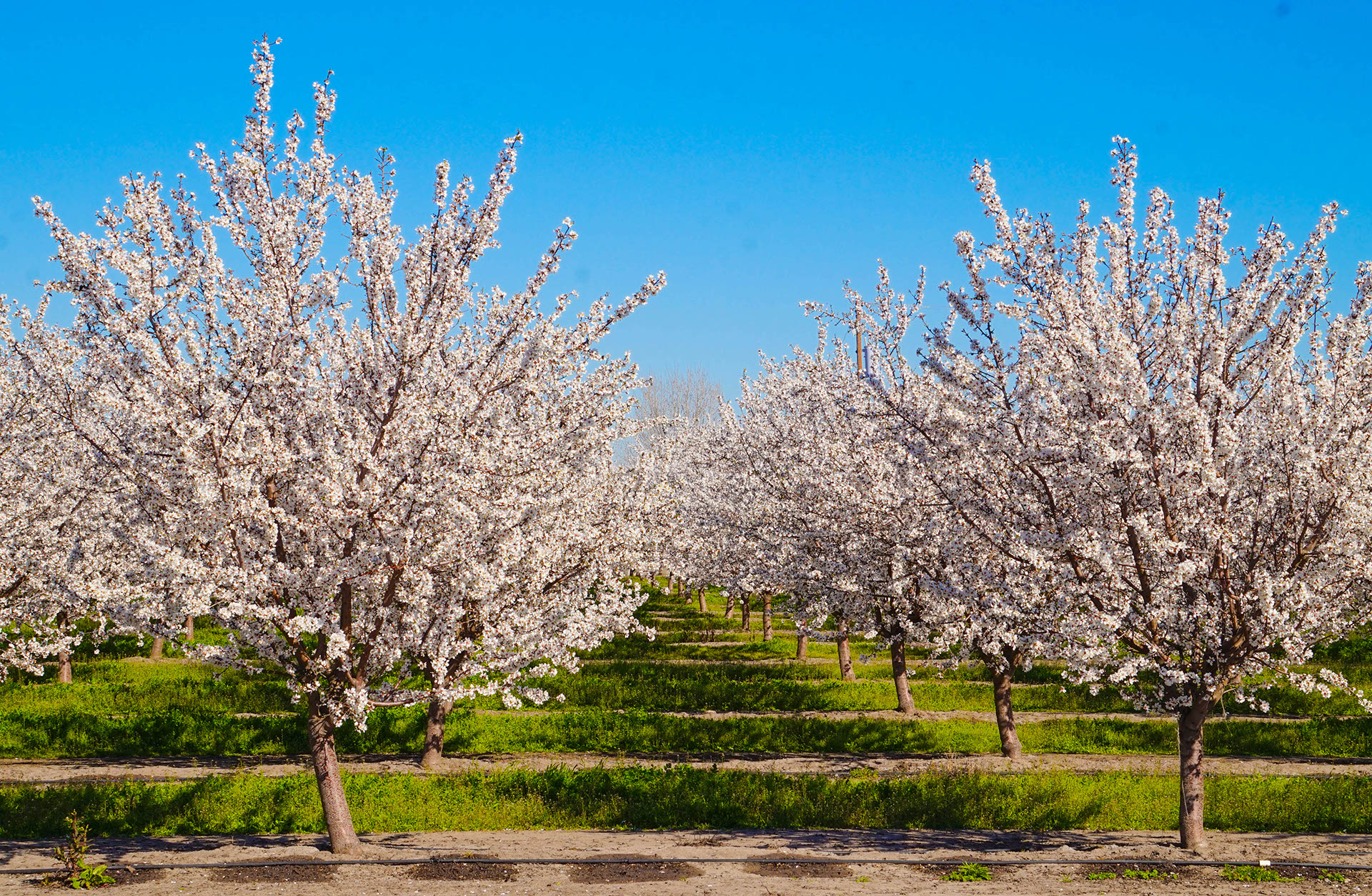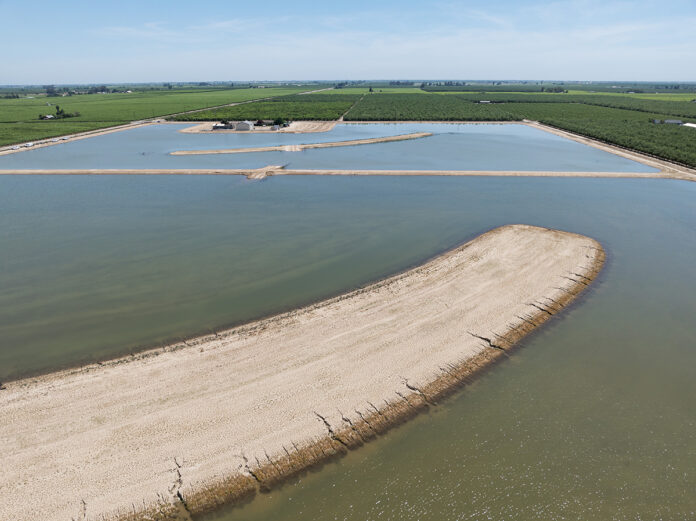
With California’s 2026 Sustainable Groundwater Management Act (SGMA) compliance deadline fast approaching, some growers remain uncertain about what is required and how to prepare. Consultants have an opportunity to guide growers through both the technical and strategic steps needed to meet the regulations.
“Compliance with the Sustainable Groundwater Management Act is a critical conversation that everyone in the ag industry should be having right now,” said Kevin Rost of Apollo Ag Technologies. “We can’t defend ourselves or create strategic plans without measuring.
“The basics are prioritizing field level monitoring and installing flow meters and soil moisture probes. We have a lot of good tools right now. We have companies like Swan Systems and Apollo who have irrigation scheduling and tracking tools to help improve efficiency that way.”
For consultants, recommending and helping implement these tools can be the first step in guiding growers toward compliance. Rost said such monitoring allows growers to become more efficient for that specific field, soil type and crop, while also creating evidence for regulatory defense.
“It also becomes evidence. We need to have accurate records to be able to defend ourselves against regulation and be compliant with regulations,” he said.
Rost said real-time technologies, such as flow meters, soil probes and pressure switches, help growers remotely track water use and system performance, while NDVI imaging and drone data can detect real-time crop stress. Automation in both irrigation and fertigation, he added, boosts efficiency, reduces labor and provides records growers can use to defend their practices.
“I’ve seen grower operations where they’re setting up a command center almost,” Rost said. “They have a designated person monitoring these types of technologies. We also have NDVI and drone imaging now that are popular and useful to detect real-time crop stress based on these practices.
“The next step would be to automate the fertilizer injections along with the water so that it’s all efficient. It’s recorded. You can analyze the data, find ways to become more efficient.”
Consultants can also help clients build a strong presence in local Groundwater Sustainability Agency (GSA) processes. Rost stressed that grower participation is essential but often lacking.
“I’d really like to see more participation from growers,” he said. “If we’re not at the meetings and sharing our concerns and our plans and what’s working real time for the farmer, honestly your voice is just not going to be in.
“Rather than just letting the GSAs develop whatever, the GSAs actually rely on the grower data. The more we can participate, I think it’s going to be better.”
Rost acknowledged that mistrust between growers and agencies can make collaboration difficult. Consultants can help bridge this divide by fostering communication and explaining how GSA decisions affect farm operations.
“It does take time,” Rost said. “It does take time to learn these things, train your staff, get all the bugs worked out and get your actual irrigation planning and scheduling so precise that you can handle restrictions. You don’t want to jump in at the last minute. We’ve got to have time to prepare ourselves and to experiment and to make improvements over time, and we’ve been missing that boat, I think.”
Listen to the full conversation with Rost on the MyAgLife Daily News Report.


